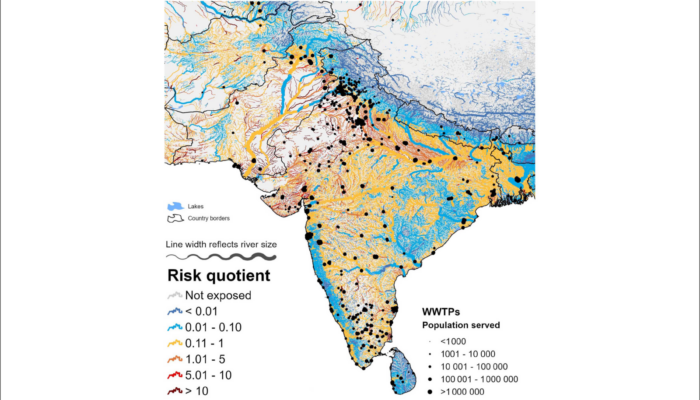A giant microphone sits a few cm’s from my face. I am having vivid flashbacks to pre-show jitters and stage-fright from my earlier forages into on stage productions. Only now I’m an adult, an expert, a scientist. Our host pushes the record button. Live radio! A brilliant (?) idea takes shape I was contacted by a Norwegian scientific radio programme, Abels Tårn, and asked if I could answer question ...[Read More]
Here is how HydroFATE, a new high-resolution model, is predicting contaminant hotspots in global waterways

Ever wonder what happens to the chemicals and medications we use once they go down the drain? The fourth Sunday of September each year marks the World Rivers Day, and this post is dedicated to our global rivers and what humankind can do to preserve our waters. This is because pharmaceuticals and household products, even after being flushed or washed away, don’t just disappear. Many of these substa ...[Read More]
Ozone 101: What you need to know as the Montreal Protocol turns 35
As the world commemorates the 35th anniversary of the Montreal Protocol, it’s worth taking a moment to appreciate this landmark agreement’s monumental impact on our planet. Officially known as the “Montreal Protocol on Substances That Deplete the Ozone Layer,” this treaty stands as one of the most successful environmental accords in history, showcasing what humanity can achieve when it comes ...[Read More]
GeoTalk: Meet Bikem Ekberzade, conflict and photo journalist turned earth-systems science researcher and EGU Biodiversity Task Force member
Bikem – Welcome to GeoTalk! Can you tell us a bit about your research on climate change and its impact on terrestrial ecosystems? Thank you for having me. My current research focuses on forests and the impact of changes in climatic drivers on these ecosystems in terms of species composition, range shifts, and so on. I’m also curious about the impact that changes in the frequency and se ...[Read More]



